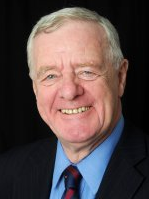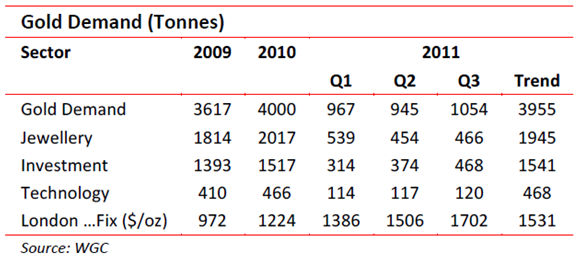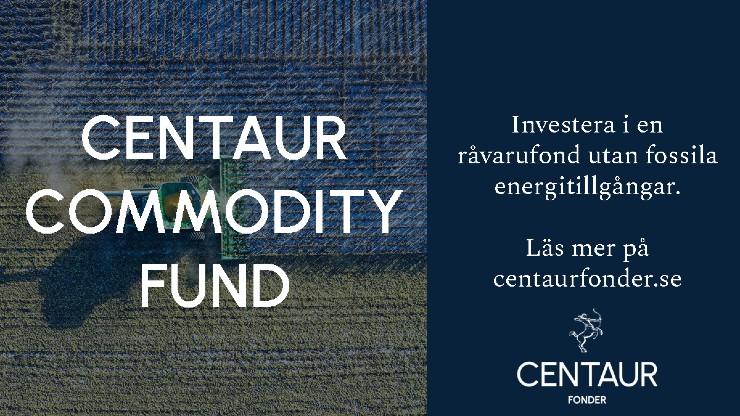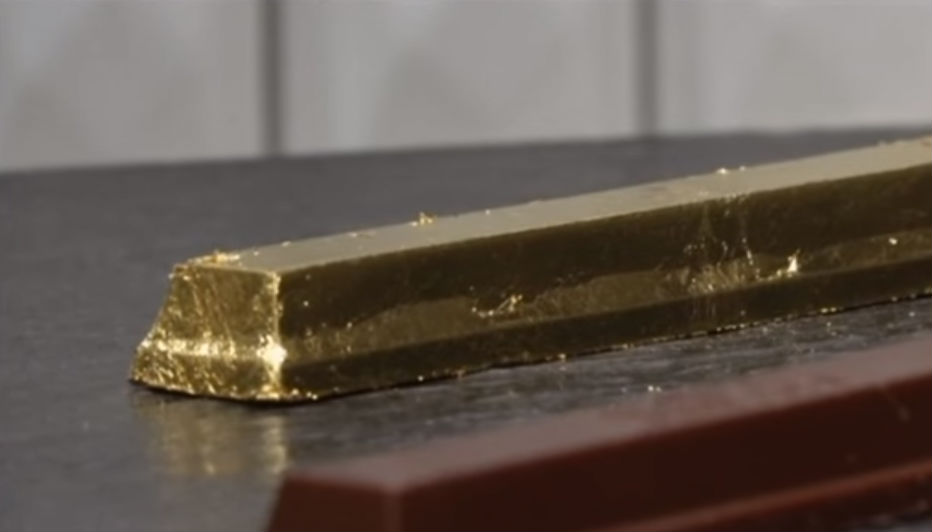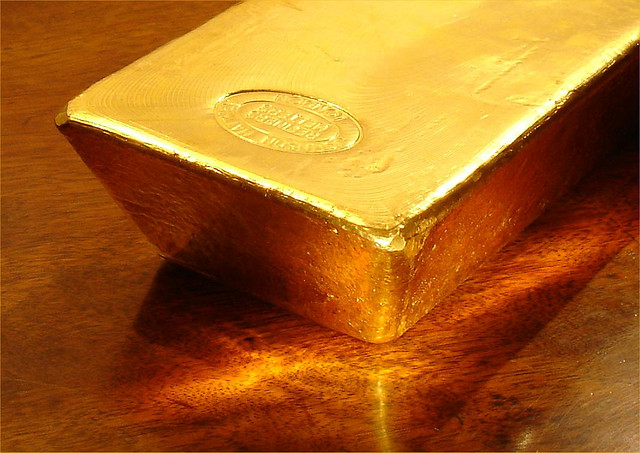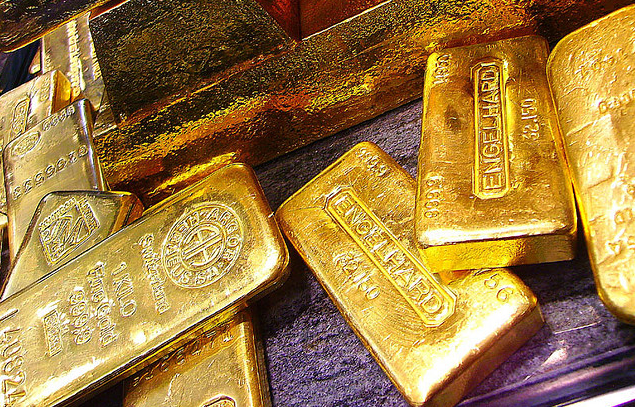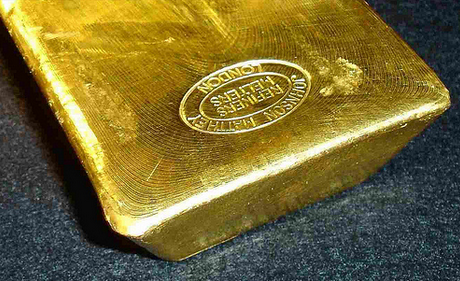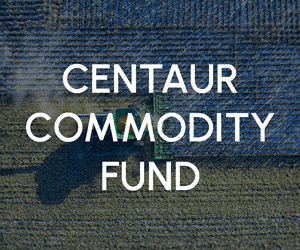Nyheter
David Hargreaves on precious metals, week 46 2011
PGMs: No Such Thing as a Monopoly. If asked to pick a commodity firmly in the grip of its producers, most would go for platinum. South Africa mines 75% of it and Russia another 13%. But if you are thinking of switching to its cheaper (and less efficient) sister, palladium, those two countries account for 82% of that. So we should have a market grip even tighter than OPEC on oil, but we do not. Its price, whilst historically high, has followed the magnetic pull of gold, rather than its own price-demand profile. This is odd, since despite its precious qualities, it is an industrial metal and over a half is used in auto catalysts. This is where the fun starts. A PGM catalyst filters the exhaust fumes from an internal combustion engine and converts the noxious components into water vapour and nitrogen. Now they tell us the demand for oil burning vehicles is rising at 10% per year worldwide. With that industry taking 50% of all platinum (and 66% of palladium) that is a 5% per year increase in total demand. But it is not happening. Johnson Matthey says it will only be 3% in the automotive sector, so why? Well it is partly cost efficiencies, like using more palladium, partly smaller vehicles, the use of bio-fuels and rigorous recycling. But word has not penetrated into South Africa yet. They continue to crank the production handle with a forecast surplus of 195,000 oz this year. For palladium it will be more pronounced, at 725,000 oz or 8% of gross demand. A major feature is recycling, largely by the recovery of spent autocatalysts. It will provide 23% of new supply of platinum and 25% of palladium.
Amongst this are two looming and probably unstoppable trends. Non-South African production is rising from North America. But Zimbabwe, which could geologically provide over 10% of total world needs, is gearing up. Conversely for palladium, Russia has for many years supplied large tonnages from State stocks and these are thought to be nearly depleted. So we could see the price differential close. Recycling has been stepped up, in line with the metal price. Thus:
The focus of mining production remains South Africa. Conditions in the Bushveld are tough. The mines are deepish and dangerous but expansion is moving on apace as are wage demands. Yet the price is out of the industry’s control. If gold pulls back, so will the PGMs.
RSA Miners Still In Fighting Mode. The NUM union thinks striking a good idea, so is rejecting the 7.5%-8.5% wage offer by Lonmin, the 3rd largest platinum producer. That this is twice the rate of inflation, that youth unemployment is at 50%, and the union does not have a fighting fund. It also pushes the extension of welfare benefits across the board. Mark you, Lonmin’s earnings were up 64% in the year to Sept. 2011, at R1.8bn or $226M.
World Gold Mined Output remains steady. The 746t of Q3 indicates 2900t per year going forward, a sharp increase, but the trend for 2011 is c 2800t. Newish producers performing well include Burkina Faso, Cote d’Ivoire, Eritrea. The established mines in Mexico, Peru and Canada also moved ahead. Official purchases include Russia (15t to 852t,) Bolivia (14t), Thailand (25t).
Knowing from experience that price and demand can fall as well as rise, Lonmin warns that its growth strategy (to target 950,000 oz/yr) is not “set in stone” but dependant on market conditions. The 2011 target is 750,000 oz.
Silver, says GFMS, is a lining looking for a cloud. The most recent market review tells us to expect a price north of $50/oz compared with today’s mid $30’s. Much will be driven by investment demand, particularly coins and medals. For this year they look to average $35.66/oz up 77% year-on-year. The 2012 average sought is $45/oz. For mine production they expect a ninth successive annual gain, 4%. Government sales will continue to fall, fed by the CIS countries. Fabrication demand will rise 4%. Coin minting is expected up by a whopping 25%, but remember, that is portable collateral. (If gold were to follow the silver prediction it would be happy around $2300/oz. Somehow, we don’t see it).
Gold Demand continues to rise, say the people who know: The World Gold Council. They tell us investment demand was the culprit. From around 12% in 1970 and negligible in 2000 it stands around 35% of total today. The call for jewellery has fallen, but still accounts for 50%.
Are there lessons to be learned? You bet your sweet life there are. We enjoyed 2009 on the crest of an economic wave and were content with gold below $1000/oz. The crash gathered momentum in late 2009 early 2010 so gold rose up, particularly investment demand. We have since had a false dawn of H1 2011 when commodity prices all bounced. Now we are locked in a currency crisis with gold taking the strain. If fiscal prudence is applied – and works – gold will not carry on reaching for the stars.
[hr]
About David Hargreaves
David Hargreaves is a mining engineer with over forty years of senior experience in the industry. After qualifying in coal mining he worked in the iron ore mines of Quebec and Northwest Ontario before diversifying into other bulk minerals including bauxite. He was Head of Research for stockbrokers James Capel in London from 1974 to 1977 and voted Mining Analyst of the year on three successive occasions.
Since forming his own metals broking and research company in 1977, he has successfully promoted and been a director of several public companies. He currently writes “The Week in Mining”, an incisive review of world mining events, for stockbrokers WH Ireland. David’s research pays particular attention to steel via the iron ore and coal supply industries. He is a Chartered Mining Engineer, Fellow of the Geological Society and the Institute of Mining, Minerals and Materials, and a Member of the Royal Institution. His textbook, “The World Index of Resources and Population” accurately predicted the exponential rise in demand for steel industry products.
Nyheter
Uppgången i oljepriset planade ut under helgen
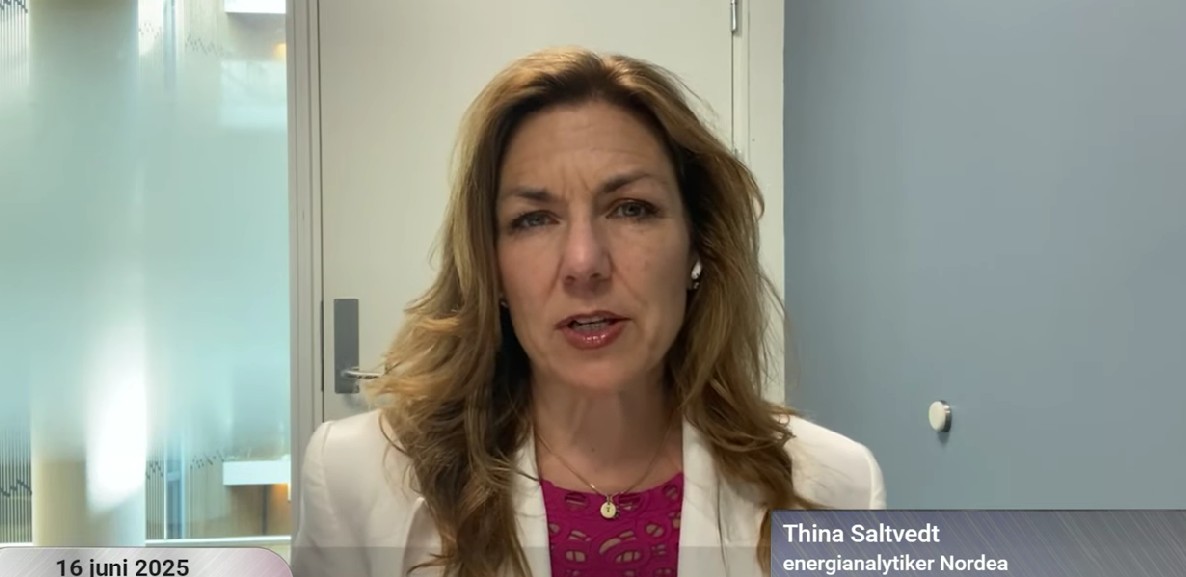
Oljepriset gick upp direkt när Israel attackerade Iran förra veckan, men under helgen har prisutvecklingen planat ut trots att konflikten tilltagit. Thina Saltvedt, energianalytiker på Nordea, kommenterar utvecklingen och vad som kan hända framåt.
Nyheter
Låga elpriser i sommar – men mellersta Sverige får en ökning
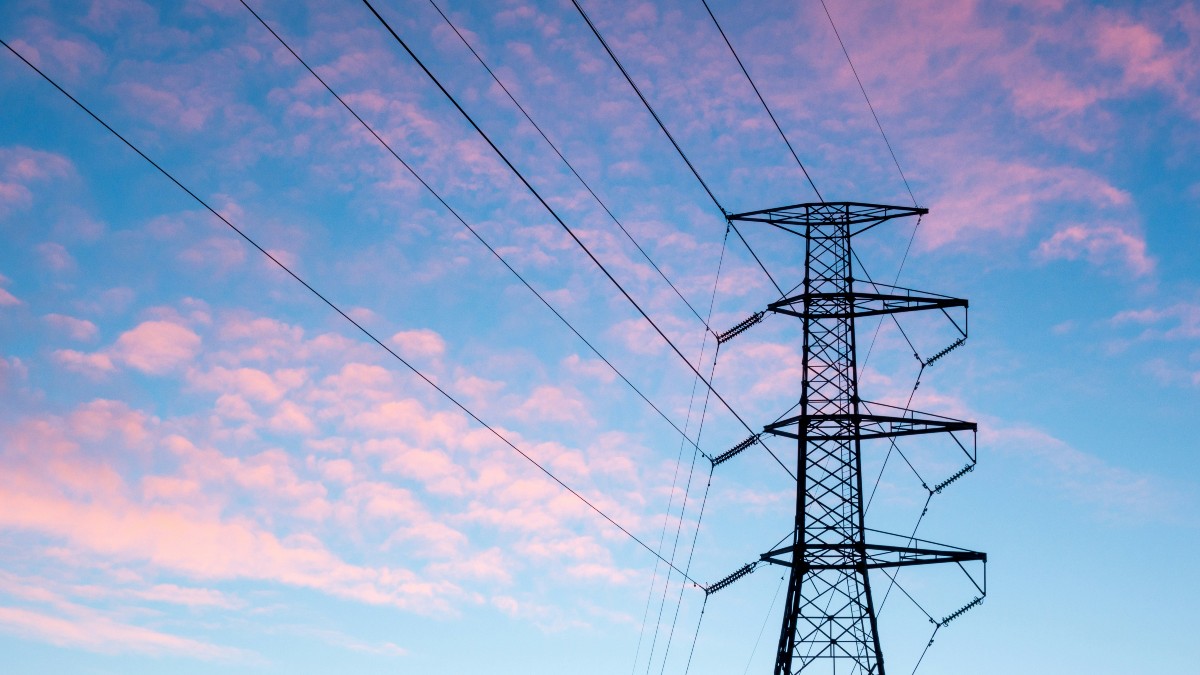
Snittpriset på el väntas landa på cirka 30 öre per kilowattimme i sommar – i nivå med fjolåret. Men i elområde SE3, där bland annat Stockholm ingår, väntas priserna stiga med 70 procent till följd av att kärnkraftreaktorn Oskarshamn 3 står still. Samtidigt pressar höga vattennivåer ner priserna i norra Sverige. Det visar Bixias elprisprognos för sommaren.

Väderprognoserna pekar på normala förhållanden i Skandinavien. Men det blöta vädret under förra hösten och vintern har fyllt vattenmagasinen rejält, vilket bidrar till låga och stabila elpriser under juni till augusti.
– Att vi går in i sommaren med välfyllda vattenmagasin borgar för riktigt låga elpriser, särskilt i norr. I kombination med låg elförbrukning minimeras risken för några större prischocker i sommar, säger Johan Sigvardsson, analytiker på Bixia.
Ner i norr, upp i syd
Det ovanligt stora vattenöverskottet både i Sverige och Norge fortsätter att pressa priserna norra Sverige. I SE1 och SE2 väntas elpriserna landa på 13–14 öre per kilowattimme, jämfört med 18 öre i fjol.
I mellersta Sverige, elområde SE3, väntas elpriset i stället stiga till cirka 32 öre per kilowattimme, vilket är 70 procent högre än förra sommaren. Orsaken är att underhållet av kärnkraftsreaktorn Oskarshamn 3 förlängts till den 15 augusti, vilket minskar den planerbara elproduktionen.
Även SE4, längst i söder, påverkas av den reducerade kärnkraftsproduktionen, då kopplingen till kontinentens högre elpriser blir större. Här väntas elpriset landa på cirka 50 öre per kilowattimme vilket är i linje med fjolåret.
– Om inte underhållet i Oskarshamn förlängts hade vi för ovanlighetens skull haft full kärnkraftsproduktion i både Sverige och Finland i sommar. Nu får vi istället ett underskott som höjer priserna i mellersta och södra Sverige, säger Johan Sigvardsson.
Under sommaren väntas också många så kallade minustimmar – timmar med negativt elpris – framför allt mitt på dagen när solkraften är som mest effektiv.
– En riktigt het sommardag kan solkraften stå för 80-90 procent av det tyska elbehovet under dagtid. Då blir ankkurvan djup och vi får negativa priser, vilket såklart pressar ner dygnsmedelpriset och gör att vi i Norden kan importera billigt, säger Johan Sigvardsson.
Europa kan pressa upp priserna till hösten
Samtidigt visar prognoser att södra Europa går mot en varm och torr sommar, vilket kan påverka elmarknaden längre fram.
– Hetare väder ökar behovet av luftkonditionering och elförbrukningen stiger. Det innebär att gaslagren inte fylls på i samma takt under påfyllnadssäsongen och efterfrågan i höst lär öka, vilket kan driva upp elpriserna i Europa till hösten och påverka även oss i Sverige, säger Johan Sigvardsson.
Elpriset juni-augusti 2025 jämfört med 2024
| Elområde | 2024 (utfall) | 2025 (prognos) |
| Systempris | 27 öre | 29 öre |
| SE1 | 18 öre | 14 öre |
| SE2 | 18 öre | 13 öre |
| SE3 | 19 öre | 32 öre |
| SE4 | 51 öre | 50 öre |
Nyheter
Stor uppsida i Lappland Guldprospekterings aktie enligt analys

Impala Nordic har gjort en uppdragsanalys på Lappland Guldprospektering, som noterades på Spotlight förra hösten, där man ser en rejält uppsida i aktien.
Lappland Guldprospektering är ett svenskt bolag verksamt inom guldprospektering med fokus på att utveckla och bedriva guldbrytning i större skala i Sverige och övriga Norden. Bolaget har som målsättning att bli en betydande guldproducent, där bolagets nyckelpersoner besitter en mångårig erfarenhet av utveckling och drift av gruvor över hela världen.
Bolaget drivs med väldigt slimmad kostnadsbas, som understiger 1 miljon kronor per kvartal. Således har bolaget en betydande runway med nuvarande kassa, som uppgick till cirka 18 miljoner kronor i utgången av Q1 2025.
”Vi ser det som möjligt att Bolaget kan etablera en gruvverksamhet i huvudprojektet Stortjärnhobben inom 3–4 år, vilket skulle innebära kassaflöden under många år framöver. Om Bolaget lyckas med sitt mål att klassificera en mineralresurs på 500 000 troy ounce (uns) ser vi potential till betydande uppvärdering baserat på värderingen av bolag som varit i liknande skede. Vi bedömer att uppsidan motsvarar ett börsvärde på minst 500 MSEK, drygt 400 % över dagens värdering.”
-

 Analys4 veckor sedan
Analys4 veckor sedanBrent steady at $65 ahead of OPEC+ and Iran outcomes
-

 Nyheter3 veckor sedan
Nyheter3 veckor sedanUSA slår nytt produktionsrekord av naturgas
-

 Analys3 veckor sedan
Analys3 veckor sedanAll eyes on OPEC V8 and their July quota decision on Saturday
-

 Analys4 veckor sedan
Analys4 veckor sedanA shift to surplus will likely drive Brent towards the 60-line and the high 50ies
-

 Nyheter2 veckor sedan
Nyheter2 veckor sedanBrookfield ska bygga ett AI-datacenter på hela 750 MW i Strängnäs
-

 Nyheter2 veckor sedan
Nyheter2 veckor sedanStor uppsida i Lappland Guldprospekterings aktie enligt analys
-

 Nyheter3 veckor sedan
Nyheter3 veckor sedanSommaren inleds med sol och varierande elpriser
-

 Nyheter3 veckor sedan
Nyheter3 veckor sedanOPEC+ ökar oljeproduktionen trots fallande priser


